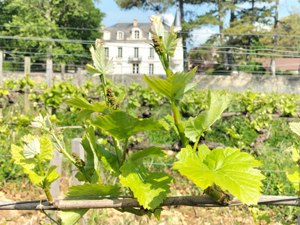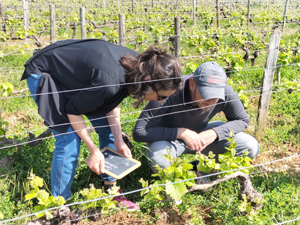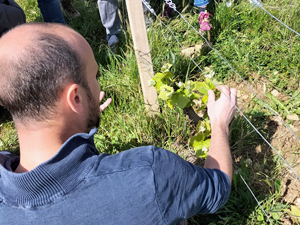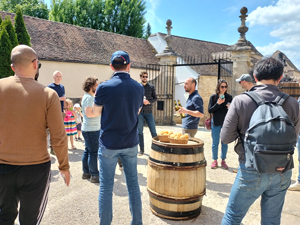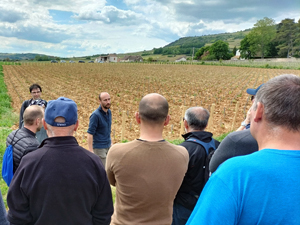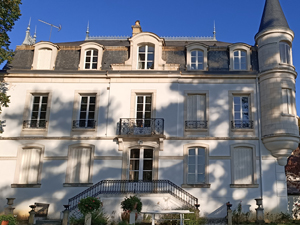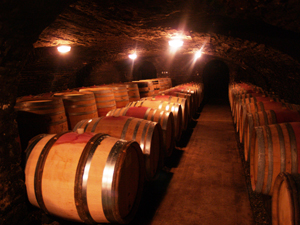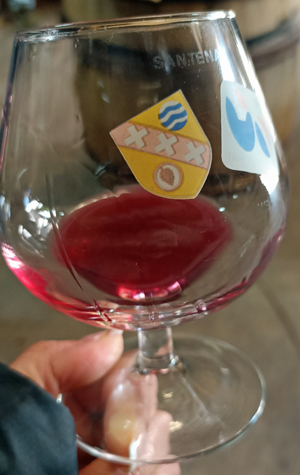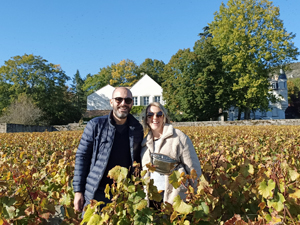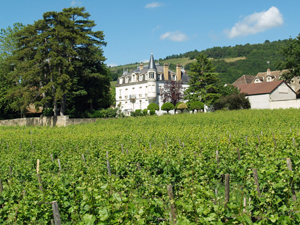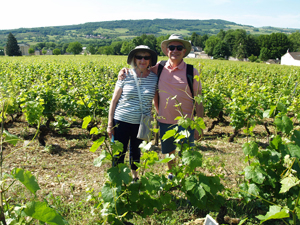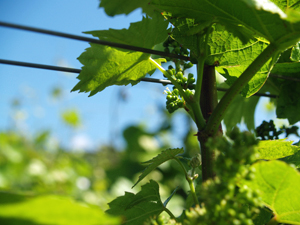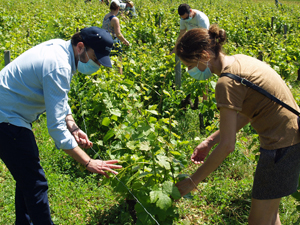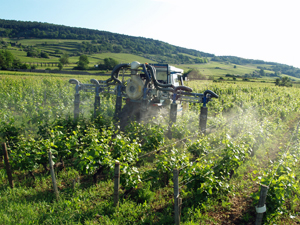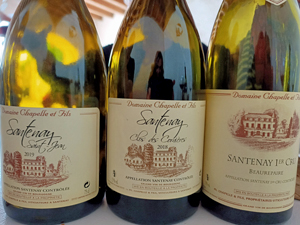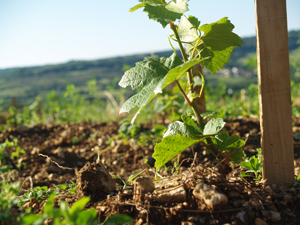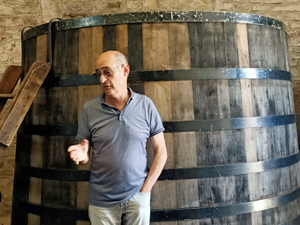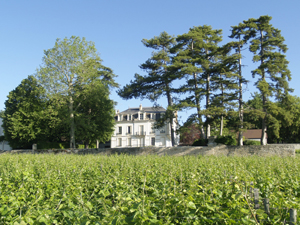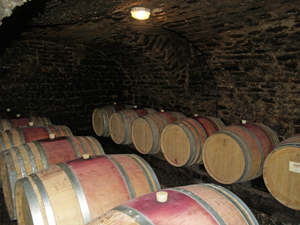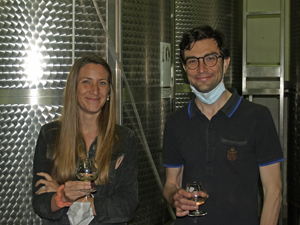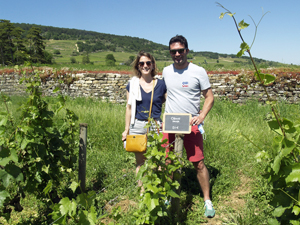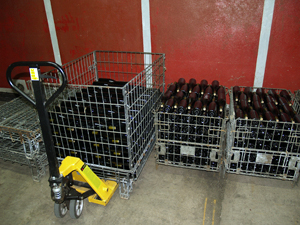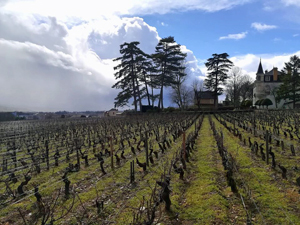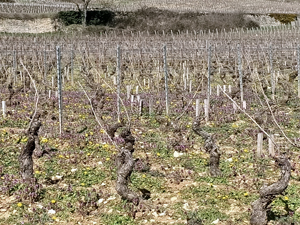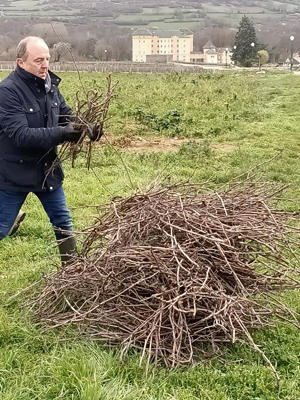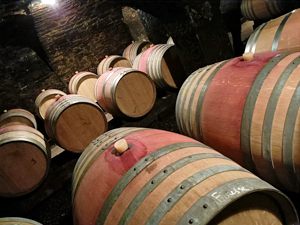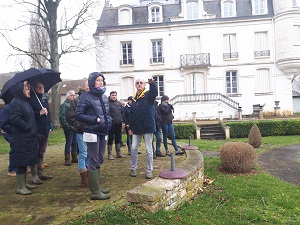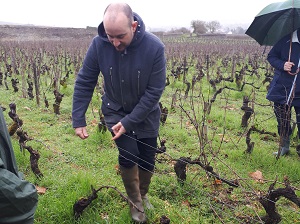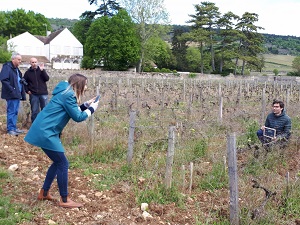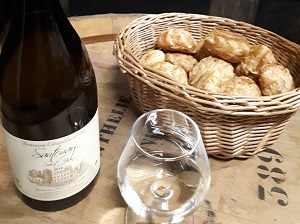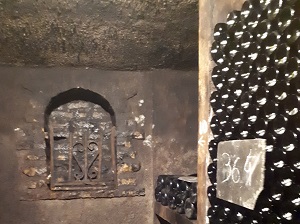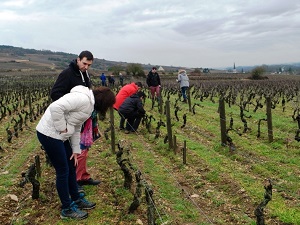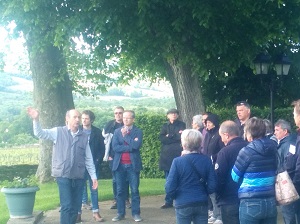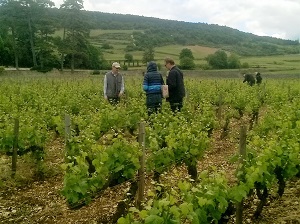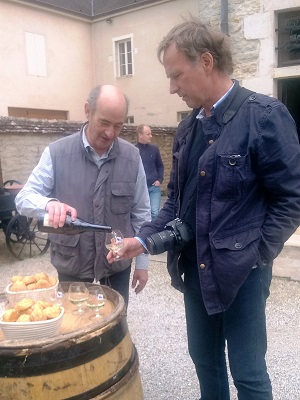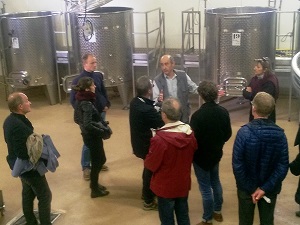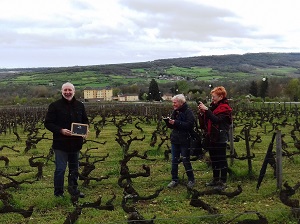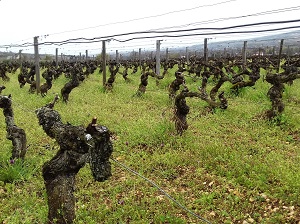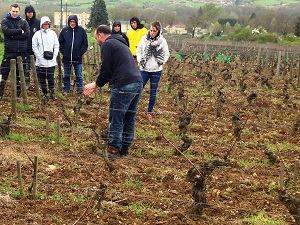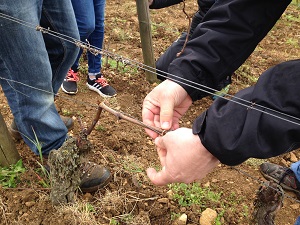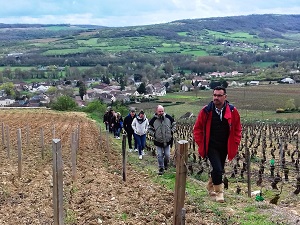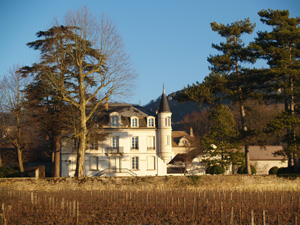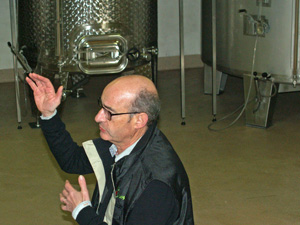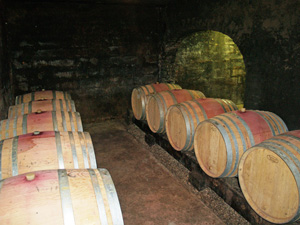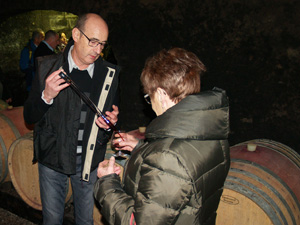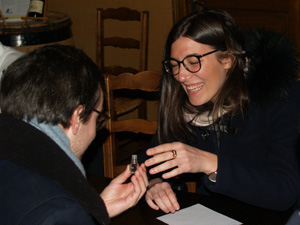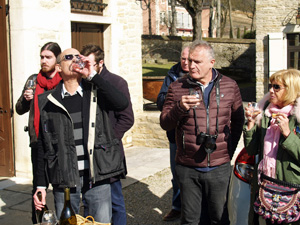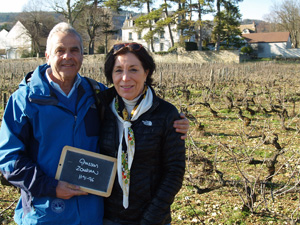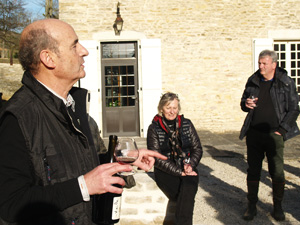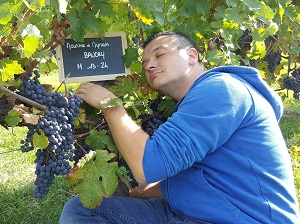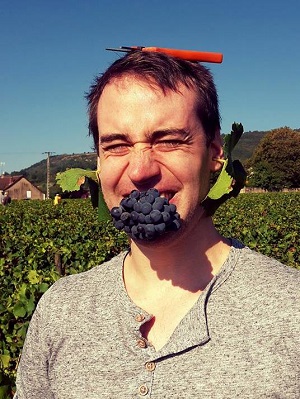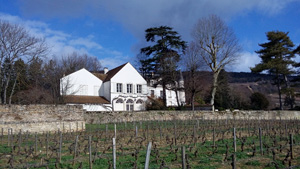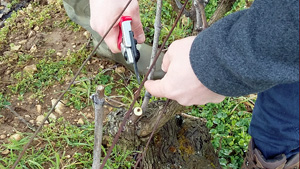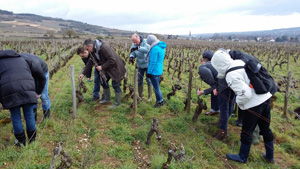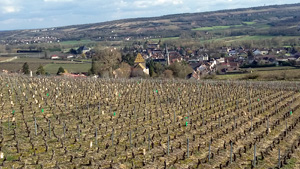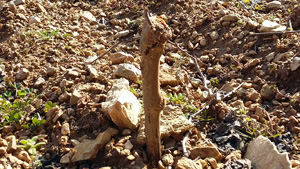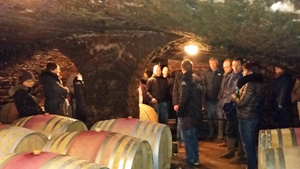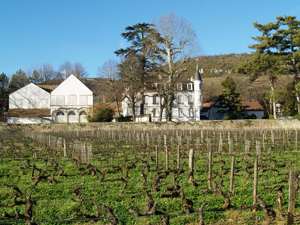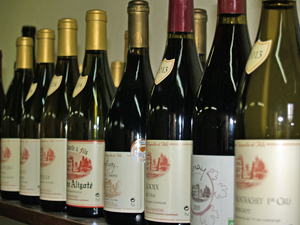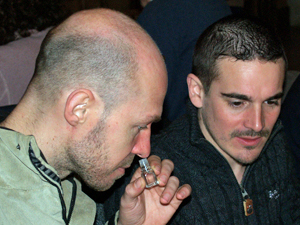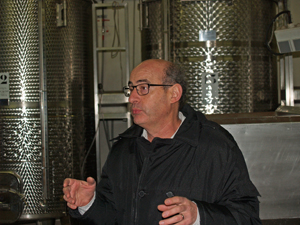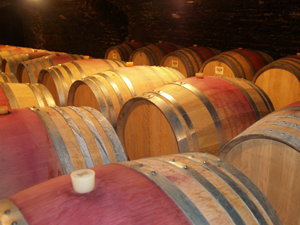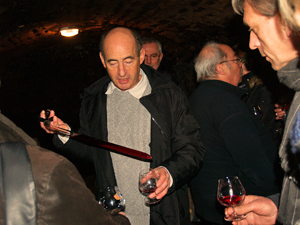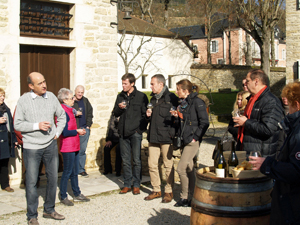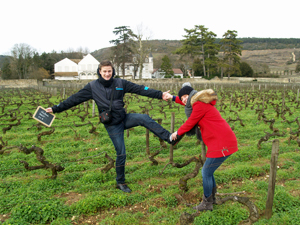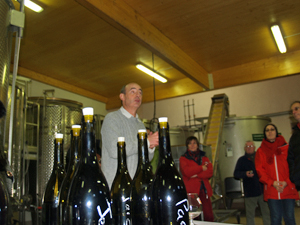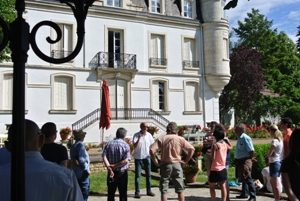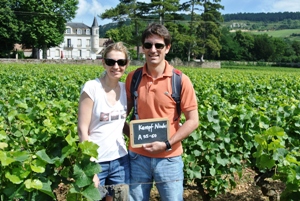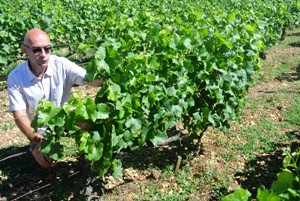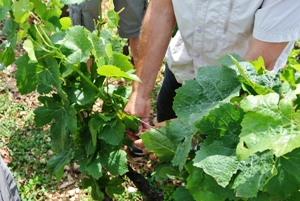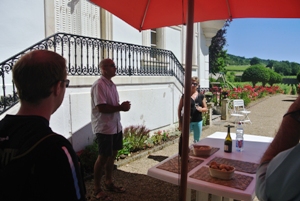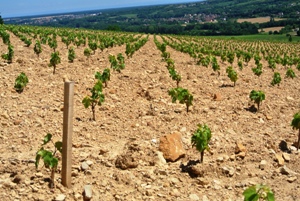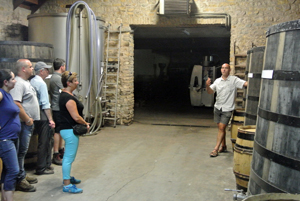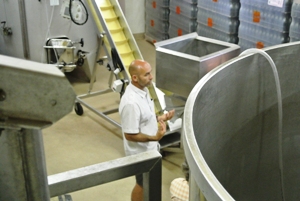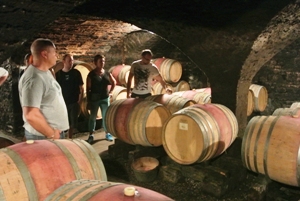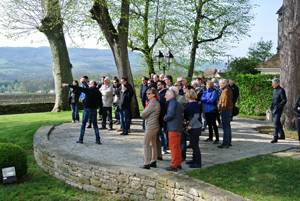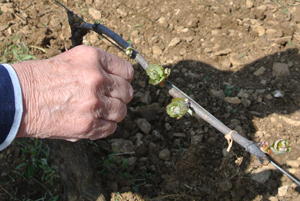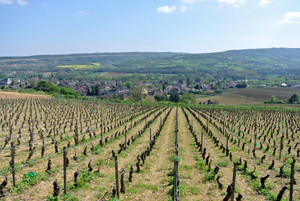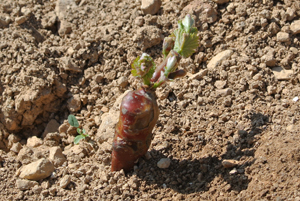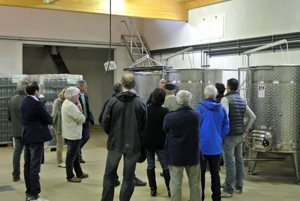We welcomed our apprentice wine-makers to Domaine Chapelle in the Burgundy village of Santenay for the Harvest Experience Days on the 27th, 28th, and 29th August. 2022 is a very early year due to the high temperatures of the last few months. Our objective for the days was to pick the grapes, follow their journey into the vat, and to learn about all the work in the cellar during harvest time. There’s more to harvesting than just picking grapes!
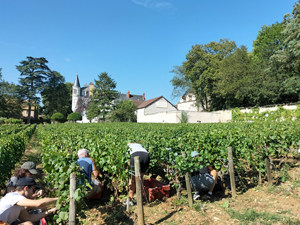
After an introduction to the day and the Gourmet Odyssey Wine Experience, and of Domaine Chapelle’s history, we walked to the “Clos des Cornières” and “Les Crays” vineyards, where the adopted pinot noir and chardonnay vines are to be found.
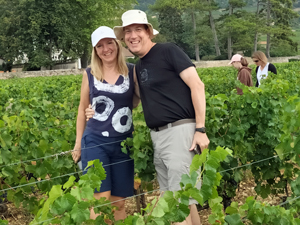
We took a few minutes to say hello to our adopted vines, and take some photos for the “My Vine” photo competition. A magnum of Santenay wine is up for grabs!
After this fun start, it was time to get down to the more serious business of harvesting, and so we gathered in the Clos des Cornières vineyard where the beautiful bunches of grapes from this exceptional vintage were waiting.
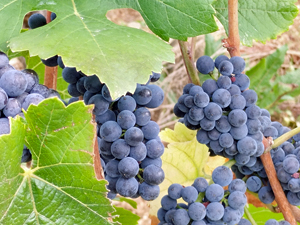
Climate-wise, the last couple of years have been challenging, and so we were delighted that the 2022 vintage had produced such good quality grapes, and of a normal quantity!
Jean-François and Simon gave us each a pair of secateurs and explained how to pick the grapes, which ones to harvest and which to leave on the vine. The ripe grapes are located at the bottom of the vine and, as we quickly noticed, the vines in Burgundy are very low to the ground!
In pairs, we each took a row and started the harvest. First we removed the leaves around the grapes to see them better. This makes it much easier to cut the bunches without taking our fingers with them!
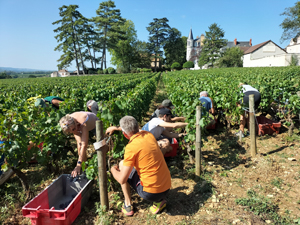
We put the cut grapes into crates, which is the best way to harvest pinot noir due to their delicate skin. The crates avoid the grapes being squashed by the weight of other grapes above them, ensuring that they arrive in the cellar in the best possible condition.
Harvesting is a physically demanding job as our backs and legs could testify! But it’s also very rewarding and satisfying to see the rates full of delicious grapes! And to arrive at the end of the row!
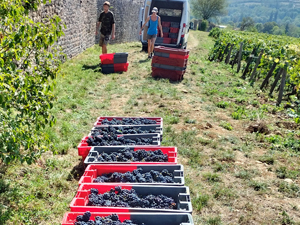
Once the crates were full, we brought them back to the beginning of the row to be taken back to the winery in the van.
After the effort, our reward was a lovely glass of chilled 2020 Santenay Villages white wine which we enjoyed in the garden, accompanied by the famous Burgundy gougères.
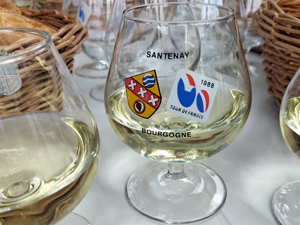
We then sat down to enjoy lunch. Poached egg on a bed of mushrooms, veal risotto and potatoes, and a framboisier to finish. The courses were accompanied by a Burgundy Aligoté, a 2019 Santenay Clos des Cornières, and a 2016 Santenay Les Gravières Premier Cru. All delicious!
In the afternoon, we made our way to the sorting table to participate in the process involved in putting the grapes into the vat.
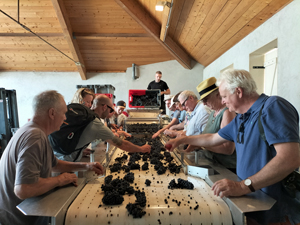
We learnt how the work is organised around the sorting table and we got involved. The quality was so good this year that we didn’t have a very stressful job! We did however have to remove some of the grapes that had been scorched and had dried out due to the drought, but fortunately there weren’t very many.
We then went down into the fermentation hall, one floor below. The grapes that had been separated from their stalks by the de-stemming machine fall into a trolley using the power of gravity. Once the trolley is full, it is pushed next to the vat to be filled, and the grapes poured into a vertical conveyor belt, known as the giraffe, which carries the grapes up into the vat without the need for a pump.
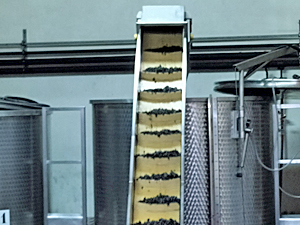
This method of putting the grapes into the vat treats the grapes very gently, keeping each individual berry as intact as possible to start the maceration phase before fermentation starts.
For three days, the harvested grapes are kept cold during the initial maceration stage, and then the temperature is warmed to allow the fermentation to begin. This will last for approximately 10 days. At the same time, the maceration continues and the tannins and colours are extracted by pigeage and pumping over. The maceration phase lasts for around three weeks.
Then comes the time to separate the wine from the solid matter, and to put the wine in the oak barrels to start the ageing process which will last for around one year. We’ll learn more about the rest of the work in the cellar after the harvest and up until bottling during the Vinification Experience Days in spring next year.
And so the day drew to a close and having collected some bottles of wine for the most part, we parted company, promising to come back soon to discover more of the Burgundy terroir in Santenay!



